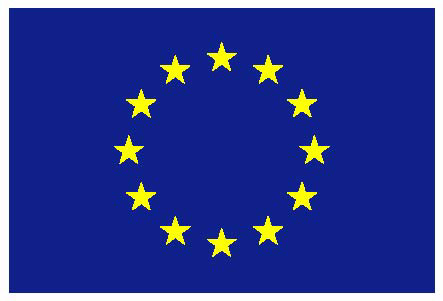Low-energy electron microscope study of tobacco mosaic viruses
Authors: Juan Pereiroa, Jerzy T. Sadowski, Beth Lin, Christos Panagopoulos, Ivan Božovic
Published in: J. Nanosci. Lett. 2: 29, 2012.
Virus microscopy – or perhaps more proper, ‘nanoscopy’, since their typical dimensions are on the nanometer scale – is crucially important for their identification and study. The required high spatial resolution can be achieved by transmission electron microscopy (TEM), but at the expense of using high-energy (typically 50 – 400 keV) electrons that cause substantial radiation damage. A less invasive variant of virus electron microscopy would be highly desirable. Here, we present the first low-energy electron microscope (LEEM) observation of viruses. SrRuO3 films and Nb-doped SrTiO3 bulk single crystals are introduced as excellent new substrates for LEEM studies. High-quality images of the tobacco mosaic virus (TMV) are obtained with electrons at just a few eV, or even without reaching the surface. LEEM offers easy sample preparation, tens of high-resolution images per second, and no radiation damage. With additional capabilities such as spectroscopy and diffraction, it is a promising technique for the study of viruses and other biological nano-objects.
You can read the article here.






